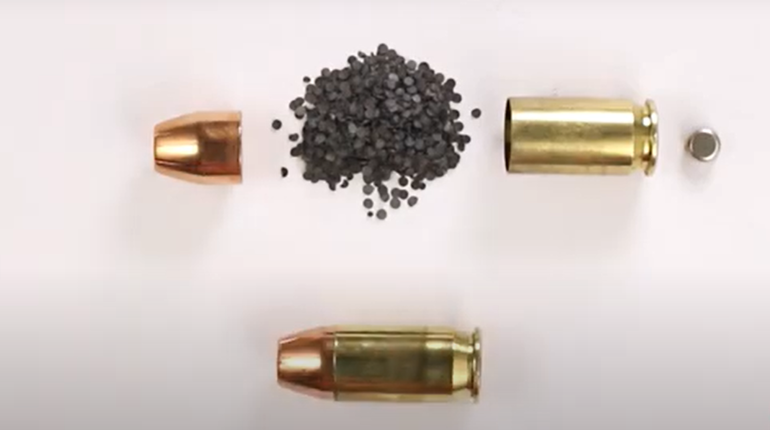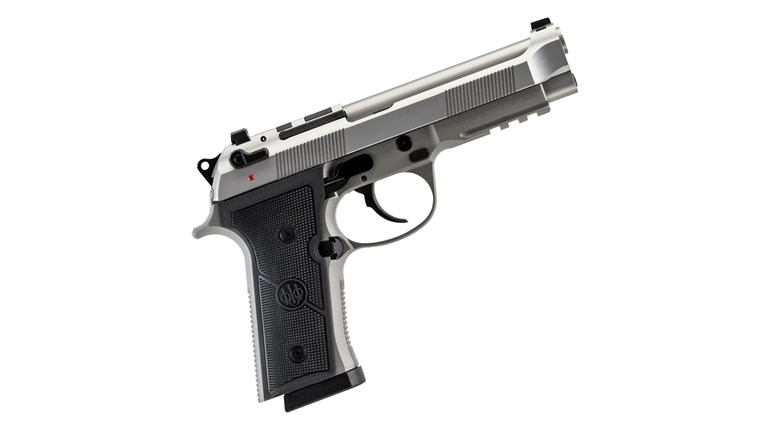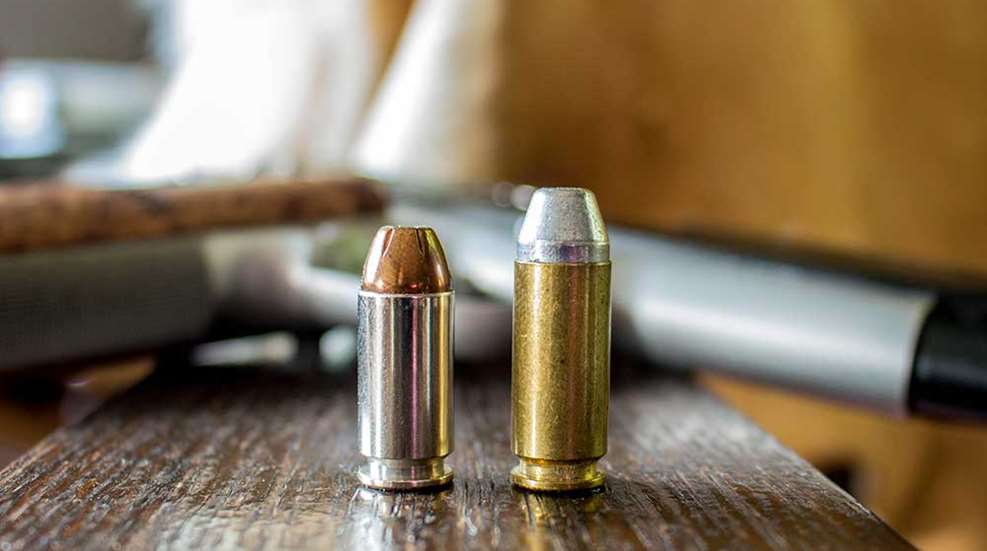
I’ve noticed a slow, yet steady, resurgence of interest in the 10mm/.40 caliber handguns of late, and surprisingly the majority of chatter revolves around the 10mm. While the debate continues to rage - among shooter and writers as well—regarding the 9mm and the .45 ACP, the .40 S&W continues to bridge the gap between the two. Within the bore diameter, the 10mm and .40 S&W are two very different cartridges, giving different performance levels. There is plenty of room for both, but for those shooters new to the .40s, let’s take a look at 10mm vs. .40 S&W, their history and their applications.
The 10mm (or the 10mm Auto) was the brainchild of none other than Col. Jeff Cooper of Gunsite Academy fame. Col. Cooper envisioned a cartridge that had more velocity than the .45 ACP, yet more striking power than the 9mm. Through a series of developments, Norma helped bring the definitive version of Cooper’s vision, using a cut-down .30 Remington case, designed to hold the .40-caliber bullets of the .38-40 Winchester. The 10mm cartridge would see the light of day first in the BrenTen pistol and a few years later in the Colt Delta Elite. If you were young during the 1980s, you’ll invariably remember Sonny Crockett and his BrenTen. Pushing a 180-grain bullet at a muzzle velocity of 1,200 to 1,250 fps in most factory loads—depending upon brand and barrel length—the 10mm loads of today are very close to Col. Cooper’s goal of a 200-grain bullet at 1,200 fps, and there are several boutique loadings which will better that number.
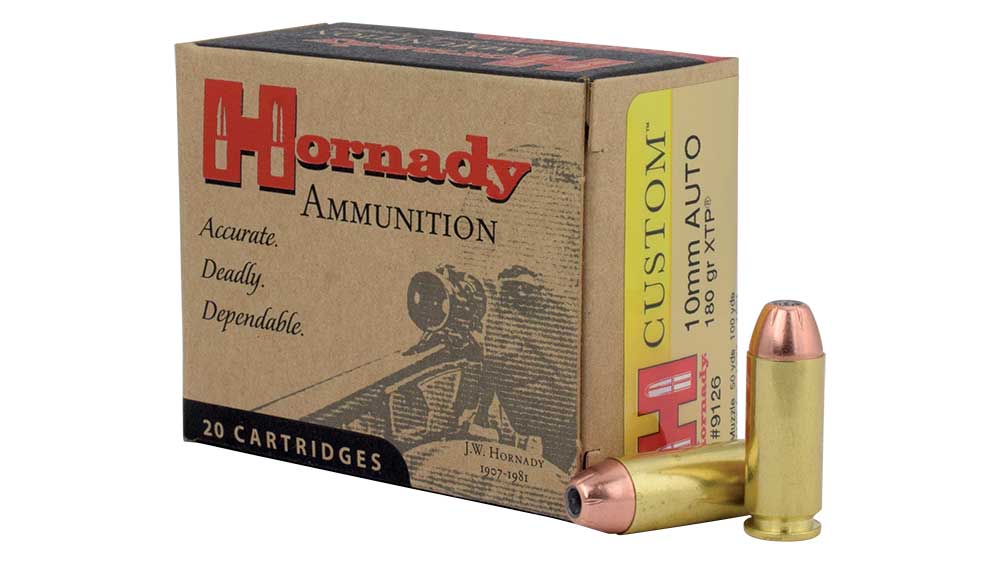
After two bank robbers in Miami, FL, engaged in one helluva shootout with eight FBI agents in 1986, the Bureau started rethinking their choice of handguns. The results of a prolonged study of that 1986 shootout placed the blame on the 9mm and .38 Special handguns issued to the agents (the truth of that is debatable), and the FBI entertained the idea of adopting the 10mm in the Smith & Wesson Model 1076 as its new sidearm.
The audition was cut short due to complaints about excessive recoil, and the ammunition was downloaded to a lesser velocity, leaving considerable airspace in the 0.992-inch case. Smith & Wesson, having seen no point in a case with huge amounts of dead air, collaborated with Winchester and shortened the 10mm case to 0.850 inch, and settled on driving a 180-grain bullet at 1,000 fps. This combination gave the compromise of striking power and low recoil they were after; the .40 Smith & Wesson was born.
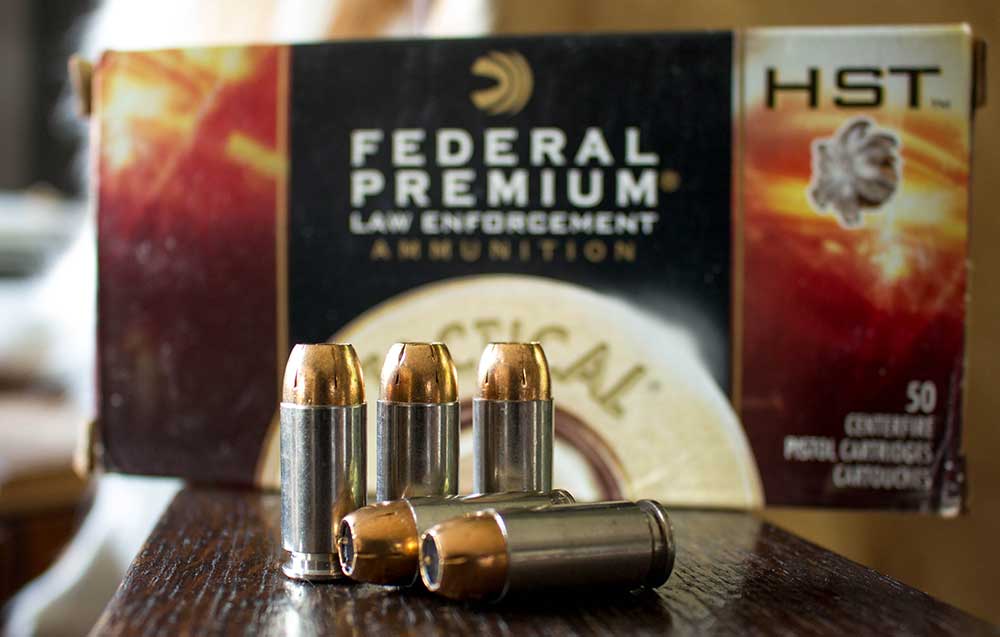
A Common Heritage
The .40 S&W (Short & Weak, according to some) shares the same case-head diameter as its big brother at 0.424-inch and both headspace off the case mouth. The .40 S&W is sparked by a small pistol primer, while the 10mm uses a large pistol primer. The larger and faster 10mm will give 624 foot-pounds of muzzle energy when sending a 180-grain bullet at 1,250 fps, while the .40 S&W drops that figure to 400 foot-pounds with its 1,000 fps velocity, making for a rather significant difference. The .40 S&W will give a slight advantage in the energy department over the .45 ACP, and the Big Ten will certainly make the biggest impression of the lot, though shooters need a bit more practice to tame a defensive weapon of this magnitude.
The 10mm makes a sensible hunting round, delivering enough energy to take deer, hogs and black bear at sensible ranges. There are a number of stout bullets available to those interested in taking their 10mm afield; the Federal Premium Trophy Bonded 180-grain load, the Buffalo Bore 220-grain hard-cast load and the Speer 200-grain Gold Dot load will all serve a handgun hunter well. For the .40 S&W crowd, the Buffalo Bore 200-grain hard-cast, flat-nose bullet will take deer and similar game, as will the Hornady 180-grain XTP load. While the .40 S&W is a marginal hunting round, the 10mm is probably the best of the rimless, straight-walled pistol cartridges.
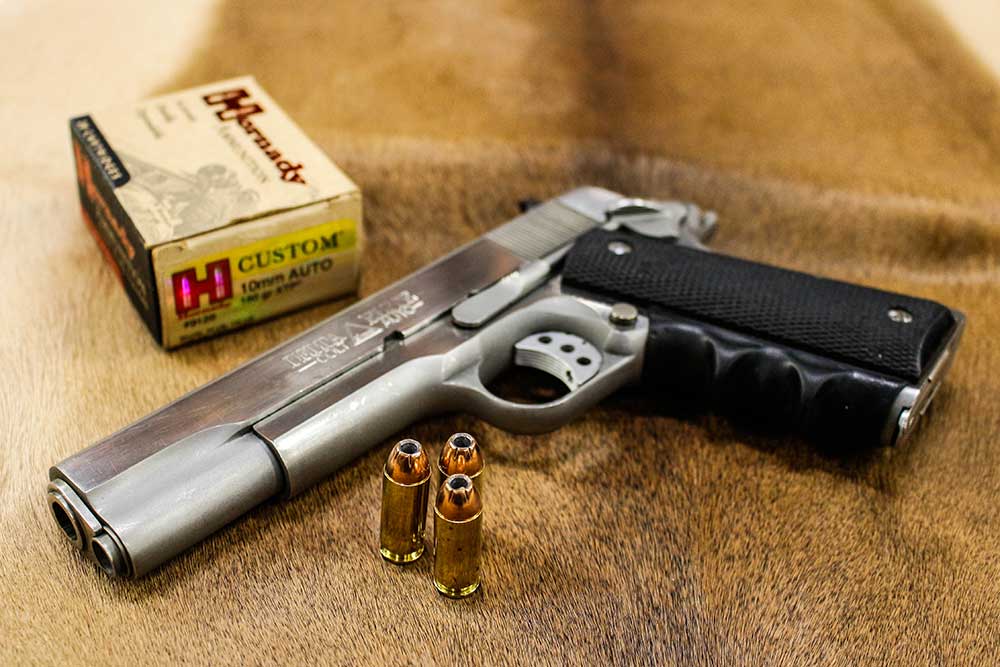
10mm vs. .40 S&W For Defensive Use
Defensively, there are good bullets available for both 10mm and .40 S&W. Classics like the Speer Gold Dot, Federal Hydra-Shok and HST and Hornady XTP are available for both cartridges in factory loads, as are Sierra’s V-Crown hollowpoints in the SIG Sauer ammo line. There are numerous FMJ and generic jacketed hollowpoint designs available from most major manufacturers. I find there are more affordable ammunition and handgun choices for the .40 S&W than there are for the 10mm, so if budget is a factor on making a decision, the .40 S&W has an edge. Subsequently, while the 10mm certainly puts an exclamation point at the end of the sentence, the .40 S&W is a damned good defensive cartridge, giving a good balance of penetration, accuracy and portability.
Should you choose to handload your own ammunition—even if for hunting and practice only—neither cartridge will pose a challenge. Keep your brass trimmed to a uniform length, as both cases use the mouth for headspacing, and use a good taper crimp to keep the bullets where you put them. Bullet weight choices run between 135 and 200 grains, with the popular weights being 135, 155, 165 and 180 grains.
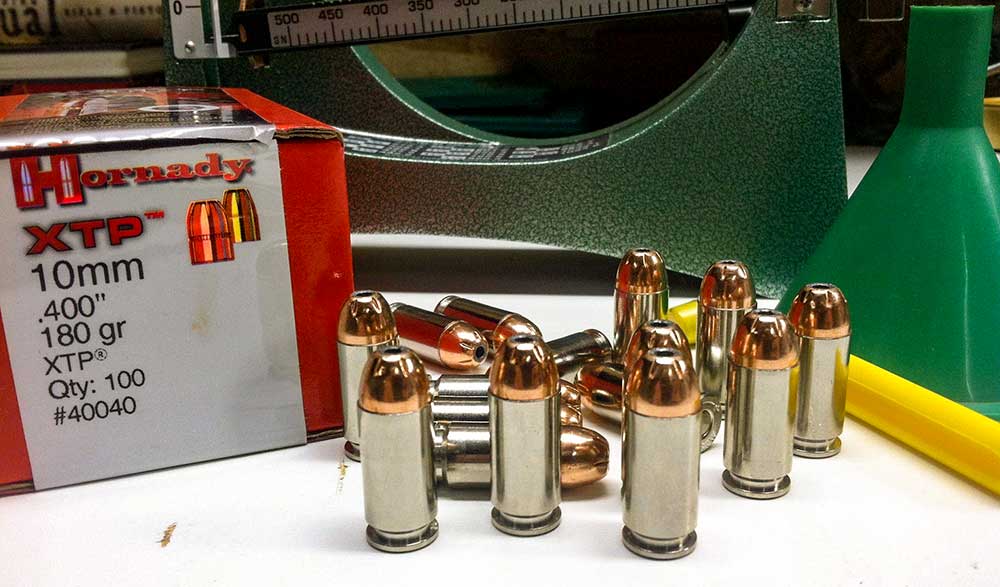
Ultimately, I look at 10mm vs. .40 S&W is like this: if you plan on doing some hunting with your semi-auto, or prefer the feel of a full-sized frame, the 10mm Auto is an excellent choice. Should you prefer a more compact carry gun or find yourself shooting better with a lower level of recoil (and while that may be hard to admit, there’s absolutely nothing wrong with being honest with yourself), the .40 S&W will suit you just fine. Having choices and options is a good thing, and I firmly believe there is room for both of these cartridges in the shooting world.











